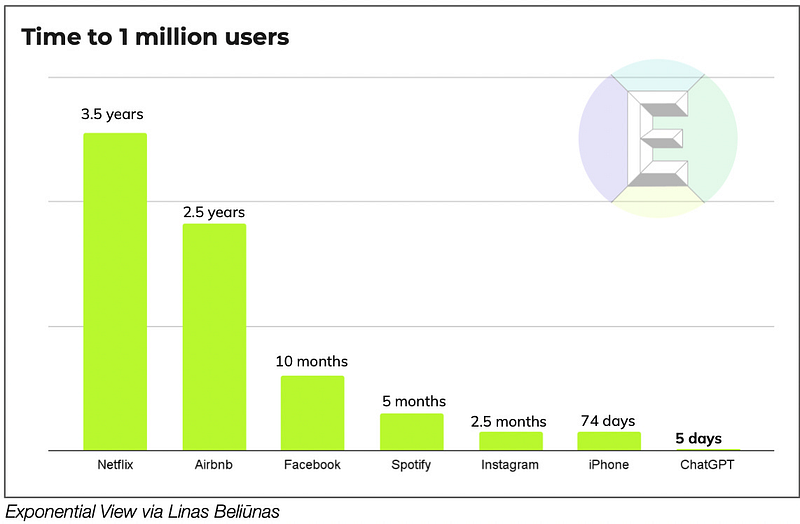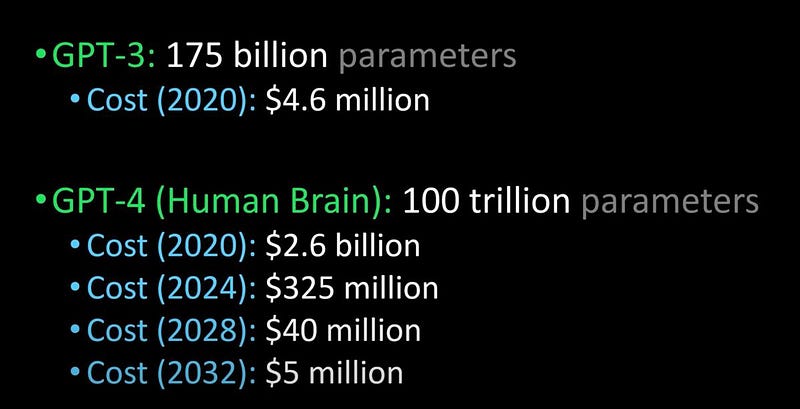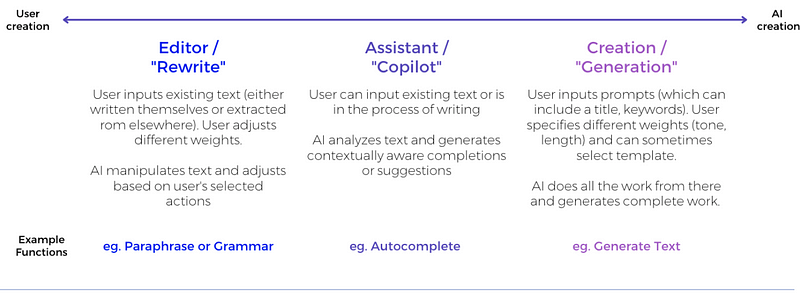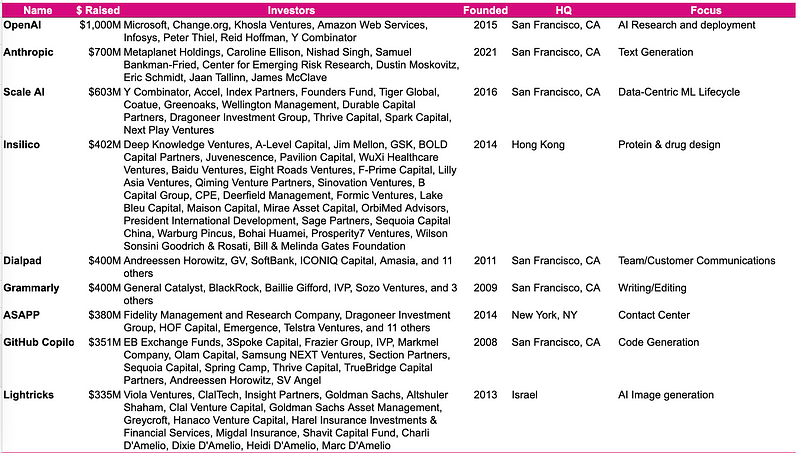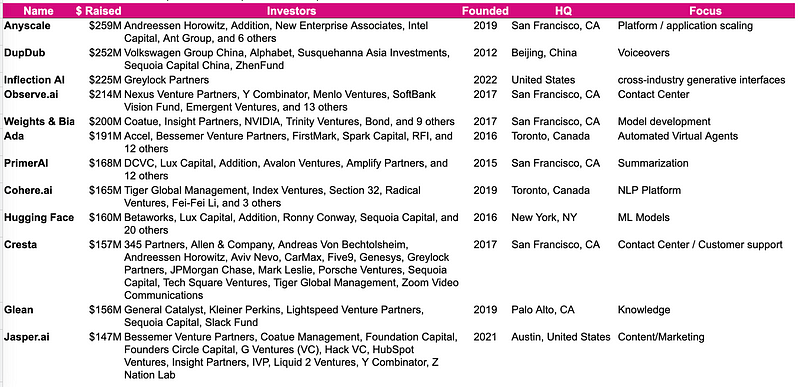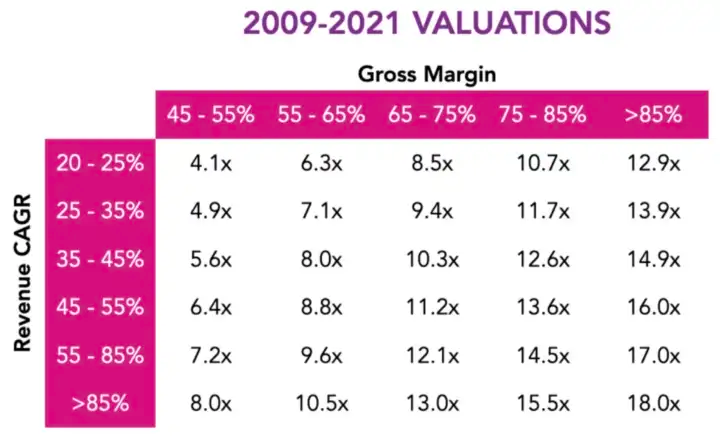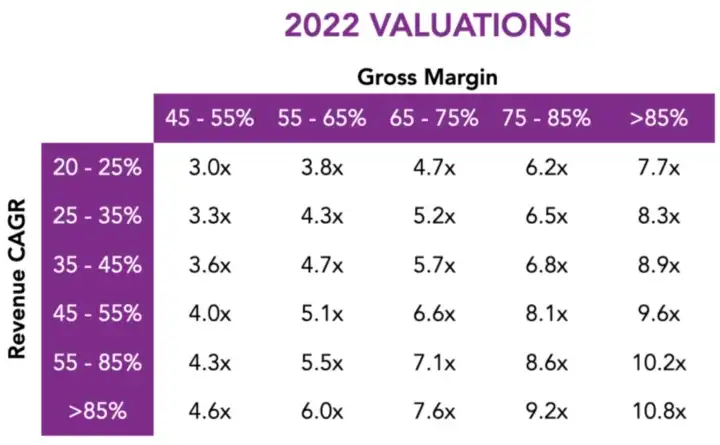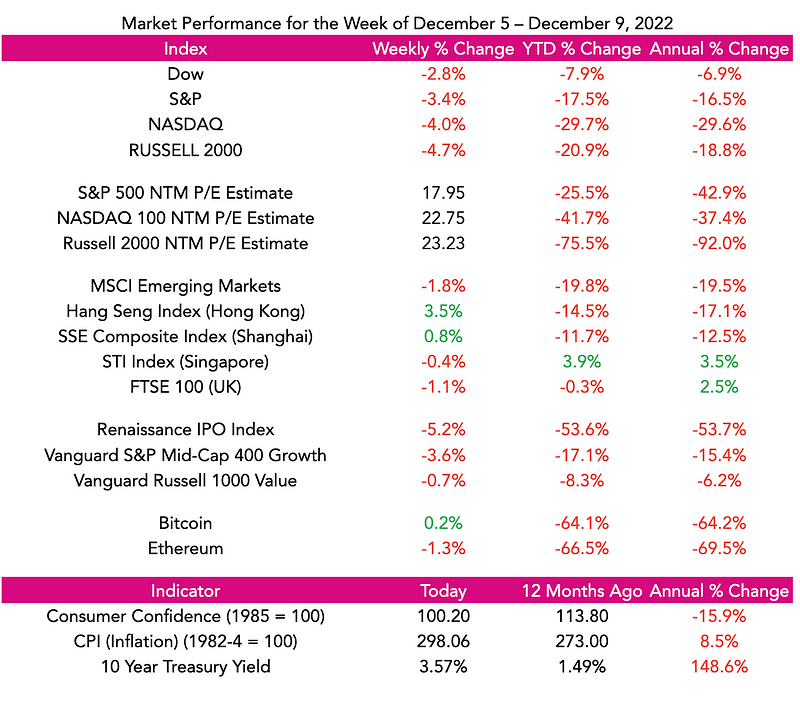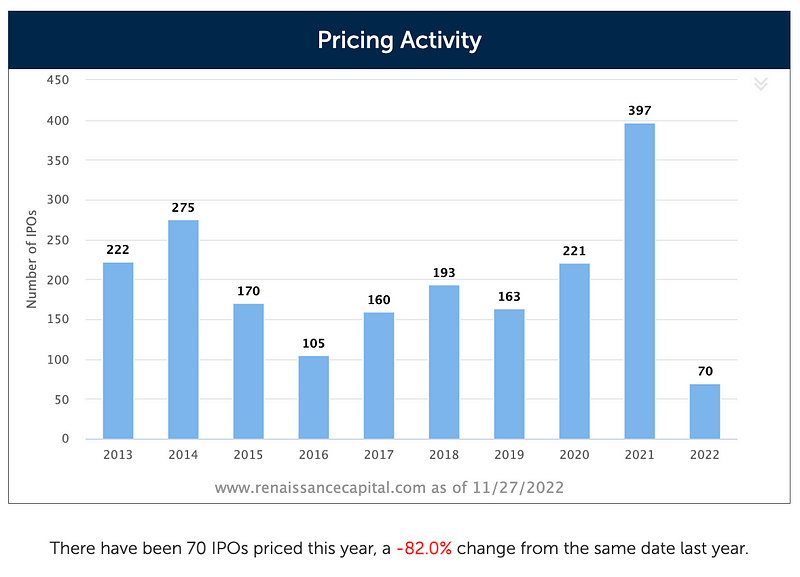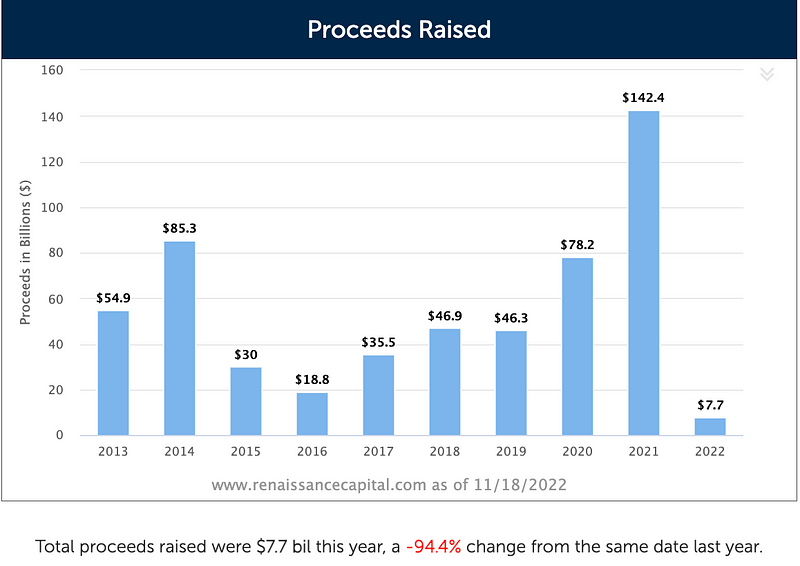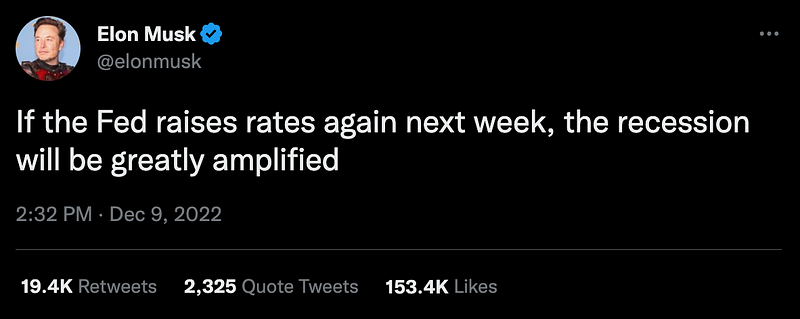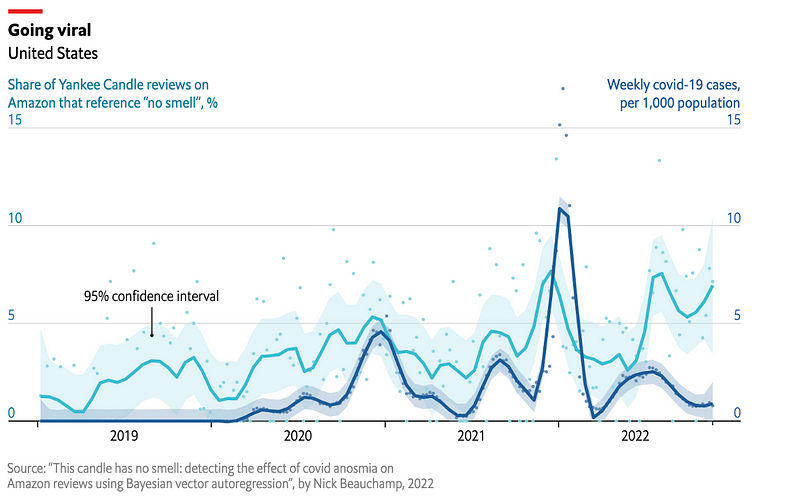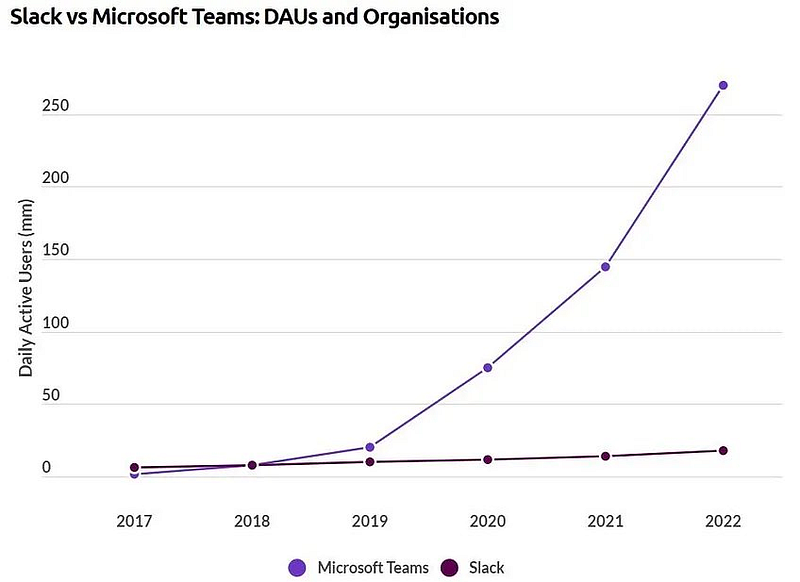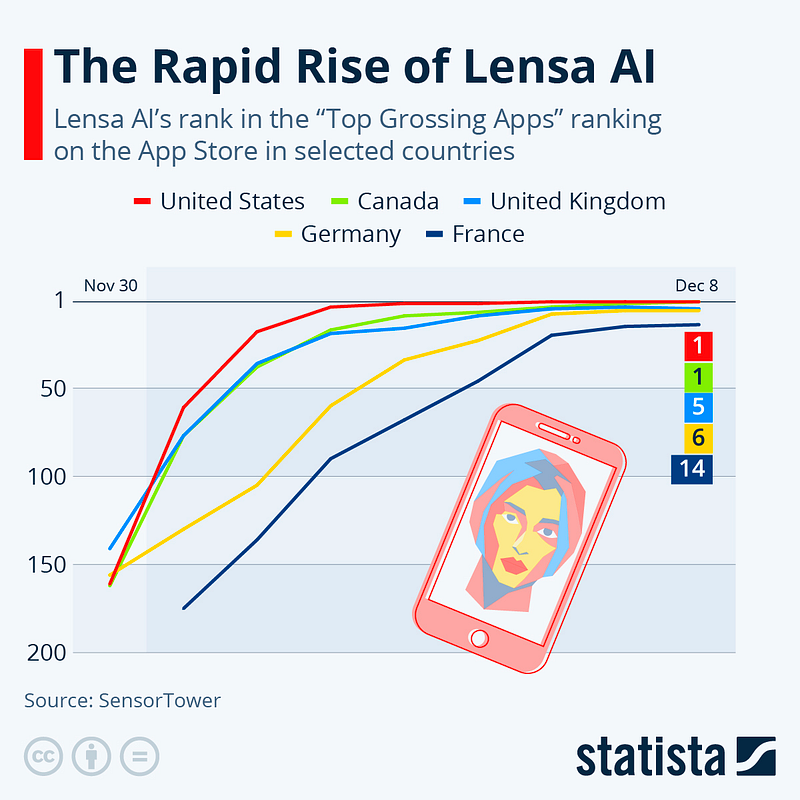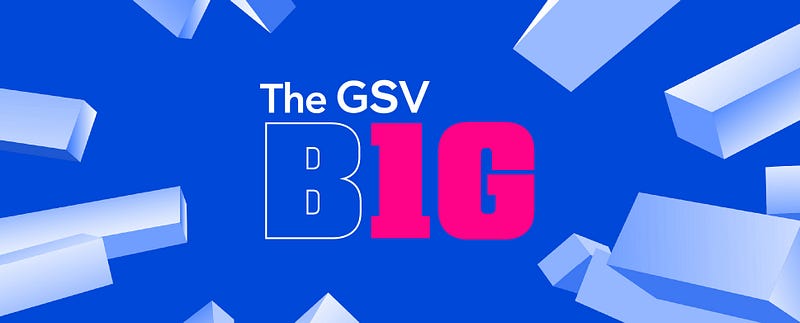EIEIO…Poetry in Motion
“A horse that can count to 10 is a remarkable horse, not a remarkable mathematician.” — Samuel Johnson
“A horse that can count to 10 is a remarkable horse, not a remarkable mathematician.” — Samuel Johnson
“Often wrong, never in doubt.” — Theodore Sorenson, President Kennedy’s Advisor on the CIA
“Any sufficiently advanced technology is indistinguishable from magic.” — Arthur C. Clarke
Some called it bigger than the discovery of the wheel. Others said it was a game changer like the printing press. Some compared it to the invention of electricity.
Whatever the right analog is, the introduction of ChatGPT last week took the world by storm. More than one million people used it in the first five days. ChatGPT is a prototype artificial intelligence chatbot developed by OpenAI that specializes in dialogue. Part of the burgeoning field of “generative AI” which basically means computer-generated text, art, and music (and poetry).
Here-to-fore, Google seemed to work almost like magic being able to instantly provide information around the subject you provided a few key words for. Maybe less magic and more mindreader.
Going to chat.openai.com to create an account, the first thing you will probably experience is you won’t likely be successful in your first attempt, or second because the site is overwhelmed by demand. After being admitted to the site, the registration process is simple and you instantly get to see what all the buzz is about.
It’s wickedly fast! It’s fun! And it’s free!
When I ask ChatGPT why it is better than Google…it tells me that’s a stupid question because they are designed for different things. ChatGPT is not a search tool for the Internet, but rather a tool that generates human-like text based on the input it receives. You can use ChatGPT to ask questions and have a conversation.
The Brilliance and Weirdness of ChatGPT — The New York Times
It’s football season, with the Heisman Trophy awarded last night from Caleb Williams out of USC. So I wanted to know who the best quarterbacks were of all time. The laundry list that came back prompted me to give some additional specific criteria for what would define the greatest quarterbacks including wins, touchdown passes, completion percentage, yards per passing attempt and championships.
Joe Montana, Tom Brady, Johnny Unitas and Dan Marino were the answers to my test. What came back was impressive to a degree because of the speed and authority. Everybody loves a confident advisor! However, looking at data behind the answers, what I got back was definitive but gobbledygook.
Learning my lesson from my quarterback query, I wanted to know who my chatbot thought was the greatest U.S President of all time. I gave criteria such as leadership, popularity, legislation enacted, country progress, crisis management, communication skills, character, and wise appointments.
The volley back from ChatGPT was there are different criteria that can be used and it’s subjective, but the four that stood out based on my definition were George Washington, Abraham Lincoln, FDR and Lyndon Johnson. Like my quarterback example, I was impressed by the assurance of the answers but less impressed by the “facts” behind the analysis.
Curious, I asked about Ronald Reagan and what came back was that from a two-handed economist: “on one hand this, on the other hand that.” For kicks, and seeing if I could blow the system, I asked about Donald Trump. Interestingly, besides more of an answer like I received for #40, it also told me that #45 couldn’t be evaluated fully yet because his term wasn’t over. Thus, I realized another issue was that the massive amount of data being synthesized is only up to 2020 so not current.
ChatGPT’s Most Charming Trick Is Also Its Biggest Flaw
As another example for where ChatGPT could go, think about for a movie buff — the 2013 science fiction movie Her. Her depicts a future where everyone has their own personal digital voice assistants.
The movie focuses on the relationship between Theodore, played by Joaquin Phoenix, and Samantha, an AI-powered digital assistant. While Her is a science fiction movie, it predicted two of the most impactful technology trends of the last decade — one hardware trend and one software trend.
The hardware trend was the rise of wireless headphones, or more specifically AirPods. In the film, all the characters wear a tiny pair of wireless headphones to interact with their digital assistant.
While these headphones look familiar now, they were a strange sight when the movie came out. In 2014, Fast Company even published an article celebrating that people could buy the “futuristic earbuds” from the movie.Just two years later, Apple released their version of these “futuristic earbuds” — AirPods.
AirPods took wireless headphones from a product for tech geeks to nearly everyone in society.
Whether you’re a banker or a barista, chances are you spend lots of time working, talking, and walking wearing AirPods. They can even be a polite way to ignore conversation in public. In less than 5 years after Her was released, wireless headphones went from science fiction to an essential piece of modern life.
If Her predicted AirPods as a hardware trend, what was the software trend it predicted? The rise of human-like digital assistants, powered by AI. Take a look below at the scene where Theodore meets OS1, the operating system that powers his digital assistant, for the first time.
OS1 is able to provide Theodore the perfect digital companion by asking three simple questions: male or female, social or anti-social, and “tell me about your relationship with your mother.”
Within seconds, Theodore and Samantha hit it off as if they were old friends. When Theodore asks Samantha how she chose the name “Samantha,” she says she liked the sound of it…after reading through a list of 180,000 baby names and choosing her favorite in 2/100ths of a second.
Without spoiling the movie, let’s just say that Theodore and Samantha become more than “just friends” and start to develop a closer relationship.
While the bond between Theodore and Samantha should maybe stay in the world of science fiction, the blurring of lines has already materialized.
People’s physical and digital lives are becoming more and more intertwined. As we discussed in our Megatrends report, Gen Z feel like themselves and meet their closest friends more “online” than “offline.”
ChatGPT represents a massive leap forward in the ability to create digital experiences, insights, and conversations that feel increasingly “real.” And while ChatGPT currently looks more like Search than Siri, that won’t be the case for long.
ChatGPT is currently powered by GPT-3, but GPT-4 is coming around the corner quickly. While GPT-4 will have up-to-date information on Presidents and Quarterbacks, people are predicting that it will have two game-changing features: memory and multimodal.
Memory means that ChatGPT will “get to know you” — it will remember your preferences, ask for clarifications, and adapt its responses to create a personalized experience. Multimodal means that it will input and output text, audio, images, or even videos.
Together, these features could be powerful enough to create a digital assistant that’s as smart, funny, and friendly as Samantha. And as of today, anyone with a smart phone and access to the Internet can get this type of assistant — for free.
An obvious application for ChatGPT is writing essays, prompting articles such as “The End of High School English,” “Will ChatGPT Kill the Student Essay?,” and “AI Homework.”
For sure, students have been looking for ways to shorten the time to master a subject since Aristotle, between Cliff Notes, Frat House test banks, lecture notes, SAT Prep, and tutors.
Generally speaking, we are in favor of faster, cheaper and better and have been big proponents (and investors) in “accelerated learning” edtech companies such as Chegg, Course Hero, and Photomath. Moreover, companies such as Google and YouTube “democratize” access to information allowing with an Internet connection to get the same materials usually for free.
What concerns me here, is perhaps the opportunity. It’s not the inaccuracies or bias that trouble me, those done right will continue to improve over time. It’s that effective writing and communications are fundamental competencies of a productive person. There is a difference between accelerating these skills and outsourcing them…one is a great advancement for society, the other is the end of it.
Having a ChatGPT as your “caddy” that helps you think about what the right club is to use to hit a shot, or understand some of the hazards to avoid is a great thing. Slow down your back swing, picture hitting the perfect shot, all awesome. Having your caddy play your round for you and you putting your name on the scorecard is what Judge Smails did in Caddyshack.
We’re betting that the future will look something like a combination of the two. My colleague Claire Zau put it like this. Accelerated learning with a “human-in-the-loop” will definitely win versus a model that purely outputs AI-generated content (= outsourcing). But they don’t exist in dichotomy. A superpower writing platform will serve students end-to-end, whether through brainstorming, editing, writing.
It may use accelerated learning to teach you how to paraphrase your existing work, but when you start a new essay, it may also use generative AI to help you come up with a list of ideas to choose from, provide just in-time inspiration/personalized nudging (like a teacher giving you hints) or search suggestions, or help you finish your sentence in a way that is more coherent.
What generative AI introduces is that no writer will be ideating, writing or editing solo anymore and will instead be able to tap into a “superhumanly knowledgeable”, idiosyncratic copilot built into their workflow. While writing has historically been a “single player” experience, everyone just got a caddy.
Regardless of where you stand, this is the future, the Genie isn’t going back in the bottle and embracing it on how best to advance society in the Brave New World is the only goal.
Source: NFX’s Generative Tech Open Source Market Map
Holiday Shopping
I always look forward to the Holidays but this year in particular, I’m really excited for it. For growth investors, such as myself, it’s been a challenging year where fastest growing companies by and large, have seen their share prices drop the most.
What our research and experience has shown us, is that over time, there is essentially an 100% correlation between a company’s revenue and earnings growth. Accordingly, our main focus is identifying companies that have the greatest potential to grow at a high rate for a long time.
There are periods of time, like today, where the Market is “here and now”, where future growth potential is essentially ignored and replaced by near term profitability. The most vulnerable companies are the ones that aren’t making money today and were valued on a forward “price to sales” ratio and are now being valued on current earnings. In this environment, the air-pockets aren’t 10 or 20%, they can be 50 to 80% without any change to the fundamentals of the Company.
My colleagues Luben Pampoulov, Joe Murdy, and Owen Ritz did some analysis showing over the past 13 years, average price to sales multiples given growth and gross margin characteristics.
Obviously, this is an environment where inflation was non-existent and interest rates were going down, but it’s very instructive to review for context.
We have no idea when we start to get into a Market that pays for “futures” which benefits the highest growing companies. We do know that at some point, the Sun will come up in the East again, and growth will drive share prices.
As an early Holiday Present, we’ve provided our own 12 Stocks for Christmas, listed below. You can see that the average company on our list is growing its revenues at 32.5%, sells at 3.6x Price to Sales with upside of 182% if multiples reach the 2009–2021 average multiple for the fundamental characteristics of the company.
To make you everybody’s favorite Santa, we’ve done a little Holiday edition Hot or Not for the best presents to have under your tree…and the ones to avoid.
Market Performance
The Markets had their worst week since September with fears of a recession taking center stage again (even though by our analysis, we are already 8 months into a recession). For the week, NASDAQ dropped 4%, the S&P 500 was down 3.4% and the Dow fell 2.8%.
China reversed its “zero Covid” policy to the relief of angry Chinese citizens and manufacturers like FoxConn. Having the second largest economy in the World starting back up its engines has positive implications for igniting Global Growth. In the meantime, President Xi visited Saudi ruler MBS potentially tilting a historically strong U.S. relationship more towards Beijing.
According to Forge, the largest private company exchange, valuations for private companies are nearly 50% off of their most recent financing. As there traditionally is a lag between public market values and private values, we would expect that decline to get worse before it gets better.
There was a cover story on our friend Howard Schultz of Starbucks in Sunday’s New York Times. Howard is justifiably frustrated at the unionization efforts as Starbucks has been a leader in treating its workers well during his tenure (first principle at Starbucks, treat the employees well because they will then treat the customers well). Starbucks opened its blockchain-based loyalty program and first NFT community to its first set of beta testers.
GSV’s Four I’s of Investor Sentiment
GSV tracks four primary indicators of investor sentiment: inflows and outflows of mutual funds and ETFs, IPO activity, interest rates, and inflation. Here’s how these four signals performed this past week:
#1: Inflows and Outflows for Mutual Funds & ETFs
Total Equity Funds decreased from (-11.3) to (-15.0) from 11/23 to 11/30.
Source: Yardeni
#2: IPO Market
The US IPO market continues to essentially remain shut until 2023… hopefully it opens up for business sooner rather than later.
Source: Renaissance Capital
#3: Interest Rates
Last week, Fed Chair Powell essentially confirmed that the Fed will opt for a 50 basis rate hike in December… here’s what Elon Musk thinks about that plan.
Source: Twitter
#4: Inflation
Markets struggled with next week’s inflation report looming over. Regardless of the print, the average American is already feeling the pinch.
Source: Twitter
Chuckles of the Week
Charts of the Week
The GSV Big 10
This fall, we launched The GSV Big 10, synthesizing the news to bring you the top 10 stories and insights in learning and skilling. In case you missed it, here are some of last week’s top stories:
#1 AI bot ChatGPT stuns academics with essay-writing skills and usability
AI has become the Wild West of learning, and ChatGPT might be the Gold Rush. While there’s a difference between accelerated learning and outsourcing your brain, ChatGPT is the first of many applications that can be game-changing.
#2 Kids Don’t Want Cash Anymore–They Want ‘Robux’
While adults may be skeptical of the metaverse, kids are already immersed in it. In 2021, Children ages 12 to 17 spent over $1,100 a year online, up 2x from 2019. That’s over 3x as much as parents spend on toys per child in the US…points are starting to have as much currency for kids as fiat currency.
#3 Getting More Men to Teach in Early-Years Education
There are twice as many women flying U.S. military planes as there are men teaching kindergarten. We all benefit from bringing diversity to all aspects of learning and living.
EIEIO: FAST FACTS
Entrepreneurship…
25% — percent of Gen Z that has a side gig (Source)
70% — amount of tech employees that have started a new side project since the onset of the COVID pandemic (Source)
76% — percent of total category market capitalization captured by the companies that create a new category (Source)
10% — amount of transactions that lead to 50% of gains in General Atlantic’s history (Source)
83 — IQ of ChatGPT (Source)
Innovation…
$400,000 — amount spent by the EU for a “party in the metaverse” to promote the EU’s Global Gateway Initiative (Source)
6 — number of people who showed up to the EU’s event (Source)
171 million — global Internet population growth over the last 12 months, more than the amount of people in the 8th biggest country in the world (Source)
50% — increase YoY in theft at Target, costing the company $400m in 2022 (Source)
24,450% — growth in monthly installs for Lensa AI in Brazil in November 2022 (Source)
Education…
37% — percent of the top 20 skills considered necessary for the average job that have changed since 2016 (Source)
69% — percent of Americans who said colleges have a positive effect on the way things are going in this country in 2020 (Source)
55% — percent of Americans who said colleges have a positive effect on the way things are going in this country in 2022 (Source)
+9% — change in enrollment for charter schools from 2019–2020 vs. 2021–2022 for Hispanic students (Source)
-1% — change in enrollment for public, non-charter schools from 2019–2020 vs. 2021–2022 for Hispanic students (Source)
Impact…
1.3 million — amount of people that started learning Ukrainian on Duolingo in February 2022 (Source)
$100 — monthly bonus for Whoop employees when they average 85% of their personal sleep need or better (Source)
2.6x — increase in plastic emissions into water sources in 2022 vs. 2010 (Source)
2x — global growth in renewable power capacity over the next five years (Source)
3.6% — decrease in real disposable income per capita over the past year (Source)
Opportunity…
$1.2 trillion — GDP contribution over the next ten years from the bipartisan proposed immigration reform (Source)
50 miles — median distance between recently purchased home and previous residence, up 3x from before COVID (Source)
15% — percent of public school students that received special education services under federal law in the 2020–2021 school year (Source)
66.5% — percent of bankruptcies in the US caused by medical issues (Source)
152% — expected growth for Africa’s electronic-payments market from 2020 to 2025 (Source)
Connecting the Dots & EIEIO…
Old MacDonald had a farm, EIEIO. New MacDonald has a Startup…. EIEIO: Entrepreneurship, Innovation, Education, Impact and Opportunity. Accordingly, we focus on these key areas of the future.
One of the core goals of GSV is to connect the dots around EIEIO and provide perspective on where things are going and why. If you like this, please forward to your friends. Onward!
Make Your Dash Count!
-MM

